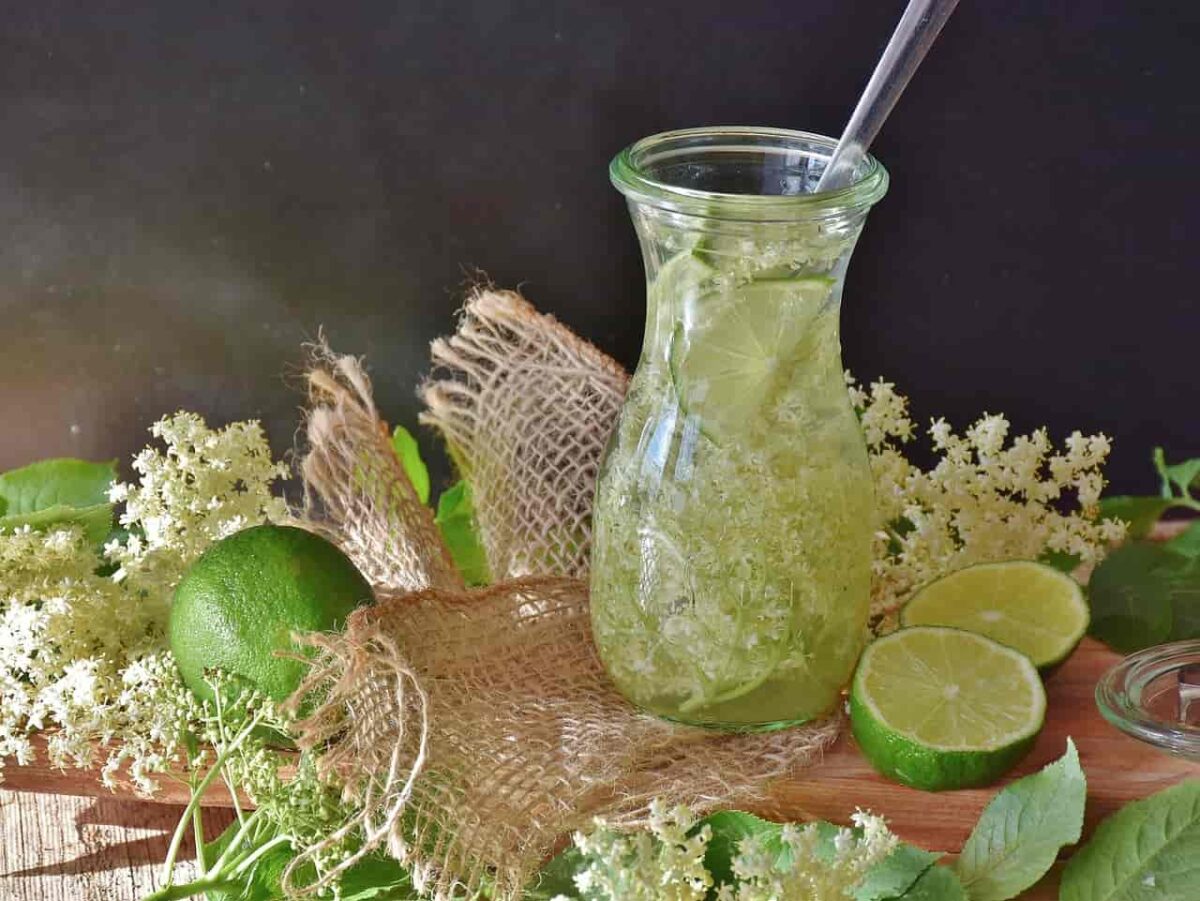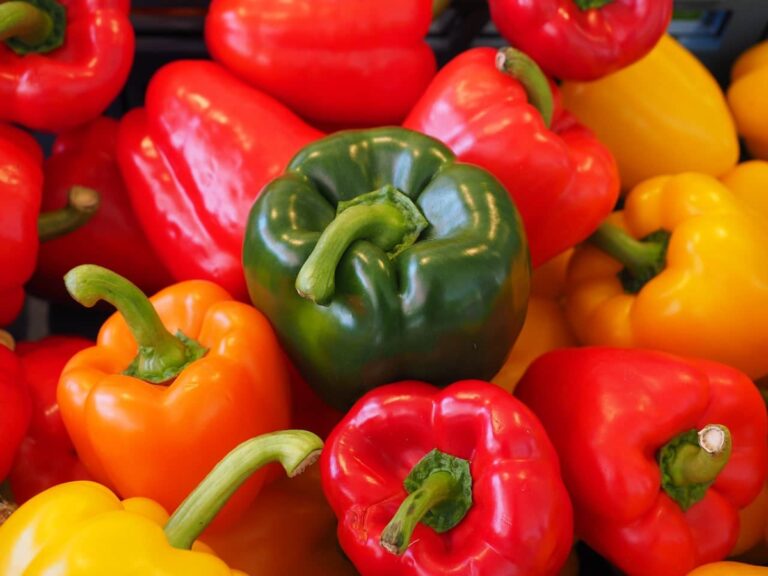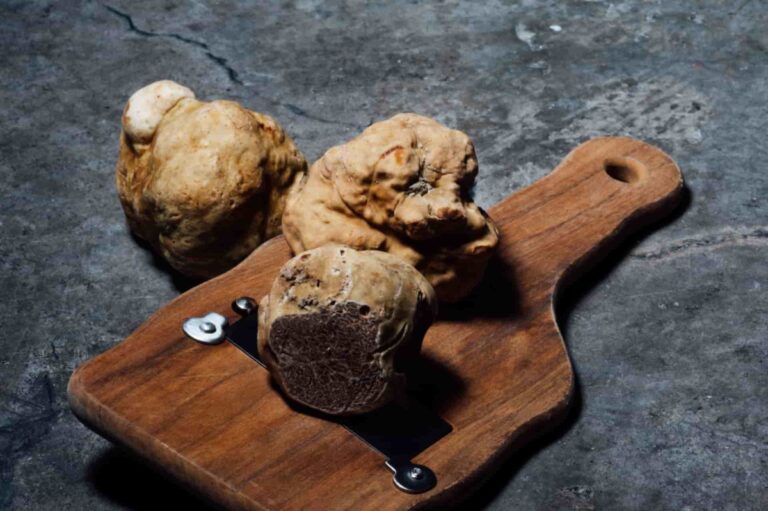37 free lime kitchen insights and benefits
Did you know that limes were formerly employed as a highly secret weapon by the navy?
- The capacity of members of the navy to remain at sea for lengthy periods of time without contracting scurvy was very important. Scurvy was a common issue in warships all around the globe. Citrus fruits, such as lemons and limes, were included in the regular diets of British sailors throughout the 1800s so that they might better fight off the sickness.
- Lime is the common name for the fruit that is produced by numerous different kinds of citrus trees, including the Persian lime, Key lime, kaffir lime, and desert lime. Although the particular location of their initial cultivation is unknown, it is generally agreed that wild limes originated in either Indonesia or Southeast Asia.
- When it comes to food preparation, lime is prized for both the sour flavour of its juice and the sweet, flowery scent of its zest. It is often used as a component in traditional recipes from Mexico, Vietnam, and Thailand. Yucatan is known for its lime soup, which is considered to be a regional specialty there.

Lime nutrition and health benefits facts
- The vitamin C content of limes is high, providing more than 20% of the recommended daily allowance for an individual. They also include traces of iron, calcium, vitamin B6, thiamine, potassium, and a number of other minerals and nutrients in trace amounts.
- Antioxidants are essential compounds because of their ability to defend your cells against free radicals, which are molecules that are known to be destructive to cells. When free radicals are present in sufficient amounts, they have the potential to cause damage to cells. This cell damage has been linked to a variety of chronic diseases, including diabetes, cardiovascular disease, and many types of cancer. Lime has a high concentration of active compounds that operate as antioxidants in the body, such as flavonoids, limonoids, kaempferol, quercetin, and ascorbic acid, amongst other antioxidants. These substances may be found in limes.
- Lime juice has a variety of useful chemicals, some of which may aid in the maintenance of good skin. In the first place, they have a high concentration of vitamin C. This vitamin is essential for the creation of collagen, a protein that plays a role in maintaining the firmness and resiliency of your skin. A lime that is about medium in size has more than twenty percent of the daily value (DV) for this vitamin (67 grams).
- Heart disease is, by a significant margin, the most common reason people pass away anywhere in the world. Lime consumption has been linked in several studies to a reduction in the risk factors for developing heart disease. To begin, limes have a high concentration of vitamin C, which a previous study found to have the potential to be useful in the management of hypertension (high blood pressure). A substantial risk factor for coronary artery disease is hypertension, often known as high blood pressure (CAD).
- Kidney stones are composed of very small mineral crystals and are notoriously difficult to move through the urinary tract. It is possible for stones to form inside of your kidneys if your urine has a high concentration of minerals that may form stones, such as calcium, or if your urine contains a high concentration of these elements in huge numbers. Citrate is abundant in citrus fruits, particularly oranges and limes. Citrate has been shown to reduce the risk of developing kidney stones by increasing the level of citrate in the blood and by increasing the number of ions in the urine that are unable to form stones.
- Citrus fruits contain compounds that have been linked to a lower chance of getting certain cancers, including colon cancer. One of these cancers is known as colorectal cancer. In particular, flavonoids, which already perform the function as antioxidants, have the potential to suppress the expression of genes that contribute to the progression of cancer….
- Lime consumption is not associated with any significant health risks and often does not result in any bad consequences. However, if you are allergic to other citrus fruits, you should stay away from limes since they have the potential to trigger food allergy symptoms such as swelling, hives, and trouble breathing. In the event that this occurs, you should seek medical treatment right away.
- Due to the high acid content of limes and lime juice, it is possible for certain people to have acid reflux after eating or drinking lime-containing products. Some of the additional digestive symptoms that may manifest themselves include heartburn, nausea, vomiting, and difficulty swallowing.
- Because the acid in limes, along with the acid found in other citrus fruits, may eat away at the enamel of your teeth, eating a lot of limes may increase the likelihood that you will get cavities. If you have just consumed limes or lime juice, you should be sure to give your mouth a good rinse with some plain water so that you do not risk damaging your teeth.
100g of lime has 30 calories (125kj), 0.7g protein, 0.2g fat, and 11g carb, including 1.7g fibre.
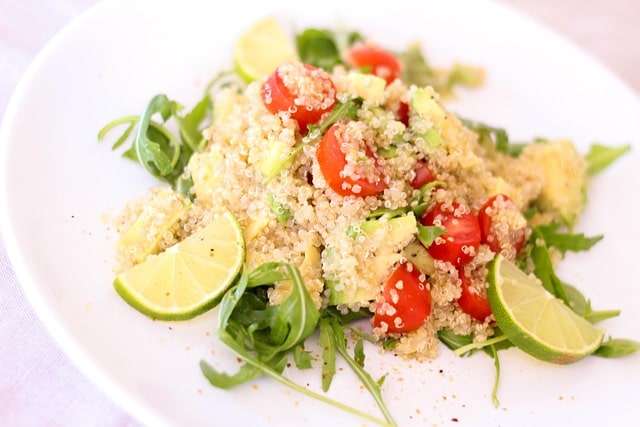
How to store lime and how to buy them
- Select the very finest limes there are in order to get a good start on the competition. When you go to the store to purchase limes, you should always choose ones that have just finished ripening or are at the pinnacle of their freshness.
- They should have a lime hue that is consistent throughout and feel relatively firm to the touch. Lime segments that are damaged, mushy, or going brown should be avoided, as should limes that have brown spots or are turning brown.
- After you have brought limes back to your house, it is important to select how you will keep them. It is OK to leave them out on the counter or store them in the pantry if you believe that you will utilise each and every one of them within the next week. You only need to put them in the fruit basket, and then you will be all set.
- Fresh limes that are still whole and uncut may be kept on the counter for one week, and they can be stored in the refrigerator for up to two weeks. The fruits will remain in excellent condition for about one month if they are stored in the refrigerator; however, if you store them in a bag that is airtight, they may maintain their quality for a couple of weeks longer.
- It is important to keep in mind that lemons and limes often spend a few days in the produce area of the supermarket before being purchased by customers. This is something that may be easily forgotten. Therefore, unless you are certain that the items you have purchased are of recent origin, you should be prepared for the possibility that they may not maintain their high level of quality for the whole four weeks.
- When it comes to limes that have been chopped or sliced, they only have a shelf life of three to four days in the refrigerator. It goes without saying that the freshness will be preserved for a longer period of time if you store them properly. Please take into consideration that after those few days, limes will not immediately get spoiled but will gradually dry up. Lime fruit that has been allowed to wither and dry up is, as you are well aware, of little use.
- Put the limes in a freezer bag, press out as much air as you can, and make sure the bag is sealed firmly. This will allow you to keep limes for an even longer period of time. The limes are able to maintain their freshness for an extended period of time because to the airtight closure, which prevents moisture loss. Lemons may also be used in place of the other fruit.
- When storing lime cuts or slices, you should strive to arrange them in such a manner that the flesh of the fruit is pushed against the surface of the bag or container. This will help prevent the flesh from drying out. This prevents it from coming into contact with air, which in turn slows down the drying process. You might also use one of those food savers made of silicone. You should put the lime juice in the refrigerator if you have already squeezed the juice out of the limes.
- If there is obvious mould on your lime, you should throw it out. After being sliced open, limes normally develop mould, but if the rind has been severely damaged, mould may also develop on the lime itself. If you see any signs of mould on the fruit, you should throw it away.
- It has become very mushy, shrunken, or slimy. Even if the lime has become a little bit mushy, which is a good sign that it is getting on in years, there is still no need to toss it away. If, on the other hand, the whole of it is mushy, shrivelled, hollow, or has wrinkled skin, then it is beyond its prime and should be discarded.
- A complexion with brown spots. If the peel has some significant brown spots, there is a good likelihood that what you will find on the interior of the fruit when you split it in half will be less than satisfying. Nevertheless, there should not be an issue if there is little browning here and there.
- After being sliced, it is kept in storage for longer than four or five days. When cut, limes, like all other types of cut fruit, do not keep for very long; thus, if yours has been cut for more than four or five days, it is time to get rid of it.
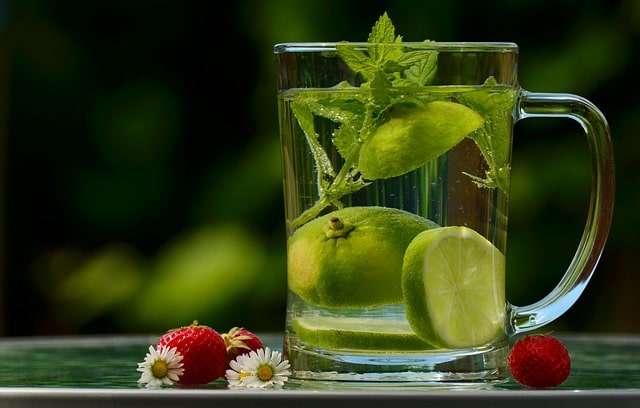
Cooking techniques, secrets, and tips from the kitchen
- Because of their sour taste, limes are seldom eaten raw, but their zest is used to flavour a wide variety of sweet and savoury foods. They can be used very much in the same way as lemons can, but since their flavour is more potent, you will often only need a fraction of the lemons. They may be found in a variety of sauces and can serve as a side dish for fish and chicken.
- Lime juice and lime zest are two ingredients that may be used to improve the taste of a variety of foods, including fruits, vegetables, salads, and other meals, without adding a significant amount of fat or a lot of calories. It also makes it possible to use much less salt. In order to impart a taste that is both light and fresh, limes are often utilised in the preparation of baked products and sweets. They are an essential component in the world-famous Key Lime Pie.
- They may also be used as a garnish, often in the shape of a slice or wedge that is placed on the plate or around the rim of the glass in which the beverage is served. Lime juice is a key component in the production of a number of well-known alcoholic drinks, including margaritas and daiquiris. Baking and cooking both benefit from the use of lime zest, which refers to the green portion of the lime peel.
- Because their flesh does not contain any seeds and they have a particularly juicy texture without an overpowering citrusy aroma, Tahitian or Persian Limes may be used in a variety of applications, including as a mixer for cocktails, in sauces, and as a garnish. A useful hint is to soak Tahitian or Persian limes in hot water for a few minutes before using them. This will help the limes release oil from their skin, which will make them smell more fragrant. Give our wonderful coconut and lime tea cake with limes as an ingredient a try. Enjoy the contrast of sweet and sour flavours with a dollop of cream on top before serving.
- Because of the thick, wrinkled texture of their skin, Kaffir limes are easy to identify. In spite of the fact that the fruit itself has relatively little juice, the zest and the leaves are often utilised in Asian cuisine owing to the powerful scent that they provide. The zest of a kaffir lime works well as a marinade for meats like chicken, pork, and lamb, and it may also be used to make red and green chilli curry pastes.
- Because of its peculiar consistency that is similar to that of caviar, Australian finger limes have been more popular over the last few years and have earned the nickname “the caviar of citrus.” Finger limes can be used in a variety of ways: as a garnish for oysters, seared scallops, or sushi; as a topping for seafood and chicken that has been cooked; as an ingredient in desserts such as pavlova or cheesecake; and as a mixer for cocktails and spirits, particularly the traditional gin and tonic.
- Desert limes, which are also indigenous to Australia, originated in the desert and can withstand high temperatures, freezing temperatures, drought, and high saline levels. The fruit itself is about the size of a typical lime, but it delivers quite a punch! Desert limes from Australia are excellent for use in the preparation of cordials, sauces, marmalades, pickles, and chutneys.
- West Indies limes are often rather little and spherical, and their flavour is intensely sour and nuanced. To make ceviche, simply squeeze the juice of one lime over diced raw fish, such as kingfish or scallops, and let it sit for five minutes to lightly cure. Alternatively, you can place the fish in the refrigerator for up to thirty minutes to cook it thoroughly, if you prefer your fish to be more well-done. Stir in some finely chopped onion, jalapeno, tomato, and salt and pepper to taste after adding these ingredients. The dish is finished off with sliced avocado, tomato juice, and coriander for garnish. Tostadas or corn chips are excellent complements to a dish of ceviche.

History of lime from the beginning until today
- Uncertainty increased while researching lime history. It seemed like there were several species, making it hard to tell which was being addressed. Mexican/Key Limes are said to have come from Malaysia or Indonesia. The Persian/Tahitian Limes may have originated in the Orient, India, or Persia.
- By 1000, the Arabs had taken it to the eastern Mediterranean and African nations, and by the 12th and 13th Centuries, Crusaders returning from their wars had brought it to the western Mediterranean.
- Columbus may have carried lime seedlings to the West Indies around 1493. Portugal introduced lime to Brazil. It was first widely farmed in Persia and later commercially in Babylonia before expanding worldwide (today known as Iraq).
- British sailors avoided scurvy (vitamin C deficiency) best with lime. When ships passed through the tropics, limes were easier to find since they grew better there. Another source suggested that because the Mediterranean states that produced lemons were regularly at war with Britain, the British would rely on colonies that grew limes.
- The Commerce Shipping Act of 1867 required all Royal Navy and merchant ships, regardless of size, to carry lime juice as part of the crew’s daily diet. The same year, Rose’s lime juice cordial was patented, and the following year, Edinburgh’s first manufacturing plant opened.
- After World War I, the US commercialised Tahitian lime. Since it was a “green lemon,” the market first disliked it. It outnumbers key limes in America.
- India, Mexico, China, Argentina, Brazil, and Turkey are now the top six producers, and together they are responsible for 65% of the world’s total output.

